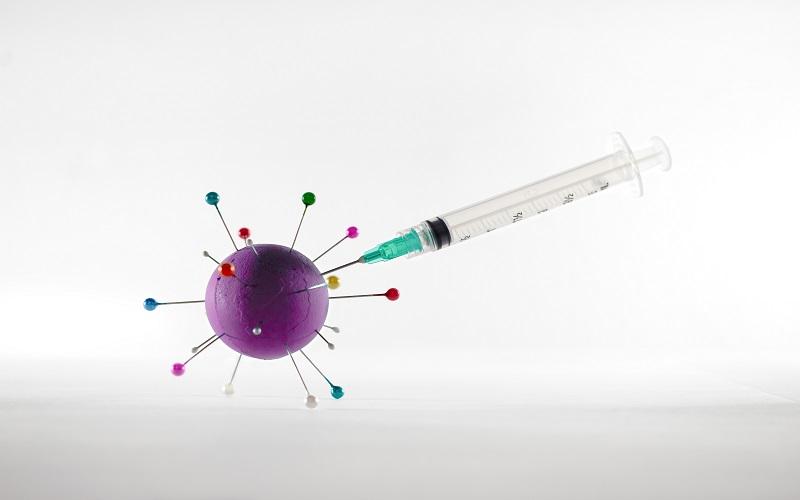THP9 Can Improve Protein Content and Nitrogen Utilization Efficiency in Maize Seeds

Teosinte is a wild ancestor of maize, and its seed protein content is three times that of most modern maize lines. In a new study, researchers from the Chinese Academy of Sciences and Shanghai Normal University tracked the mechanisms responsible for the decline in seed protein content in maize hybrids and inbred strains. Their findings open new avenues for maximizing seed protein content and quality in future maize breeding, with implications for nitrogen use efficiency and food security.
"There are economic and environmental pressures to reduce nitrogen levels applied to soil while maintaining high corn yield," said Yongrui Wu. “Identifying genetic factors that increase nitrogen use efficiency is therefore crucial.”
Plant breeders have genetically modified plant species for thousands of years to create seeds with a larger proportion of metabolites to improve nutritional value and utility. As maize becomes a major source of livestock feed, plant breeders prioritize starch content and yield, while protein content and taste become minor considerations. The use of nitrogen fertilizer further reduces the importance of seed nitrogen content. Thus, modern maize hybrids contain only 5 to 10% protein; in contrast, according to this new study, teosinte have a protein content of 20 to 30%.
Scientists can track the decline in protein content in modern corn seeds, but the genetic mechanism remains elusive. These authors set out to identify genes responsible for differences in protein content between teosinte and maize by constructing complete genome sequences of teosinte. By crossing teosinte with maize and analyzing the resulting offspring, they were able to identify quantitative trait loci (QTLs), specific chromosomal regions associated with related traits.
“Because modern maize is domesticated from large teosinte, we reasoned that characterizing the genes responsible for high protein traits in large teosinte may uncover a more diverse set of QTLs than recent inbred maize populations,” Wu said. “These results may also help us understand the reasons for the decline in seed protein content during maize domestication.”
These authors focused their attention on an important high-protein QTL on chromosome 9. The THP9 (teosinte high protein 9) QTL not only showed the strongest effect during QTL mapping, but also encoded an enzyme called asparagine synthase 4 (ASN4), which plays an important role in nitrogen metabolism. Previous studies on rice, wheat and barley have shown that changes in the expression of such genes alter plant growth and nitrogen content.
Although THP9-teosinte (THP9-T) gene variants (alleles) are highly expressed in the roots and leaves of teosinte, this is not the case in the corresponding maize inbred strains due to missplicing of gene transcripts, Wu said. "This may be one of the factors that contribute to the difference in nitrogen assimilation. Amino acids are essential substrates for protein synthesis, and their levels in plants are influenced by soil nitrogen supply and plant nitrogen use efficiency.”
Through field experiments, these authors verified that the THP9-T allele could improve nitrogen use efficiency under both normal and low nitrogen conditions. Further analysis showed that THP9-T has the potential to increase protein content in maize seeds and plants through plant breeding.
"Our study shows the potential value of hybrids carrying the THP9-T allele, but larger field trials at multiple geographic locations are needed to fully determine its potential to improve seed protein content and nitrogen use efficiency in maize breeding," Wu said.
Collected by Lifeasible, a biotechnology company that addresses the genetic modification of plants through multiple popular genetic engineering technologies, including CRISPR/CAS9, CRISPR base editors, transcription activator-like effector nucleases (TALENs), zinc finger nucleases (ZFNs), RNA interference (RNAi), virus-induced gene silencing (VIGS), and gene overexpression.
- Questions and Answers
- Opinion
- Motivational and Inspiring Story
- Technology
- Live and Let live
- Focus
- Geopolitics
- Military-Arms/Equipment
- Безопасность
- Economy
- Beasts of Nations
- Machine Tools-The “Mother Industry”
- Art
- Causes
- Crafts
- Dance
- Drinks
- Film/Movie
- Fitness
- Food
- Игры
- Gardening
- Health
- Главная
- Literature
- Music
- Networking
- Другое
- Party
- Religion
- Shopping
- Sports
- Theater
- Health and Wellness
- News
- Culture

